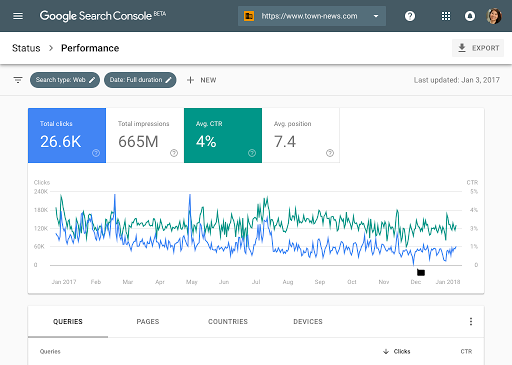Are you looking to drive traffic, generate leads, increase sales, or build brand awareness? The success of your PPC campaign depends on aligning your ads with clear business goals. For instance, an e-commerce business may focus on conversions and return on ad spend (ROAS), while a service-based business might prioritize lead generation and cost-per-acquisition (CPA). Once you have a clear objective, every decision you make—whether it’s selecting keywords, writing ad copy, or setting bids—should align with this goal.
Let’s have a look at the smarter steps for how to set up PPC ads, so you can better perform on search engine, without spending tons of money.
Step 1: Define Your Campaign Goal
Before creating a PPC campaign, decide what you want to achieve. Common goals include driving website traffic, generating leads, or increasing sales. Your goal will determine how you set up your campaign, choose keywords, and write ad copy.
Step 2: Choose the Right PPC Platform
Google Ads is the most widely used PPC platform, but depending on your business, you may also consider Bing Ads, Facebook Ads, or LinkedIn Ads. Google Ads is best for reaching users actively searching for your product or service.
Step 3: Conduct Keyword Research
Choosing the right keywords ensures your ads reach the right audience. Use tools like Google Keyword Planner to find relevant search terms. Focus on high-intent keywords—words and phrases that indicate users are ready to take action. Also, add negative keywords to prevent your ads from showing for irrelevant searches.

Step 4: Structure Your Campaign and Ad Groups
A well-organized campaign improves performance. Break your campaign into ad groups, each focused on a specific product or service. This keeps your ads relevant to the keywords you’re targeting, leading to better engagement and lower costs.
Step 5: Write Effective Ad Copy
Your ad copy should be clear, relevant, and persuasive. Use a strong headline, a compelling description, and a direct call to action. Make sure the ad aligns with the keywords and leads to a relevant landing page.
Step 6: Optimize Your Landing Page
Your landing page should match the ad’s intent and provide a seamless user experience. Ensure it loads quickly, is mobile-friendly, and includes a clear call to action. Sending users to a generic homepage reduces conversions.
Step 7: Set Your Budget and Bidding Strategy
Decide how much you’re willing to spend daily. Google Ads offers manual and automated bidding options. If you’re new, start with manual bidding to control costs, then switch to automated bidding as you gather data.
Step 8: Track Performance and Optimize
Monitor key metrics like click-through rate (CTR), conversion rate, and cost per click (CPC). Regularly test different ad variations, adjust bids, and refine keyword targeting to improve results. A/B testing can help identify what works best. Many businesses using PPC services in the UK rely on ongoing optimization to keep their ads cost-effective and competitive.

Setting up PPC ads is straightforward when you focus on clear goals, relevant keywords, compelling ad copy, and well-optimized landing pages. Regular monitoring and adjustments will help you get the most out of your budget and maximize your campaign’s success.
Moiz Banoori is a seasoned Digital Marketing professional with over eight years of expertise in content creation and digital journalism. At REDLUMB, he spearheads teams to craft impactful SEO strategies that drive online growth and visibility. With a background in journalism, Moiz leverages his expertise in digital marketing to develop effective strategies that boost online visibility and help clients achieve their goals.





